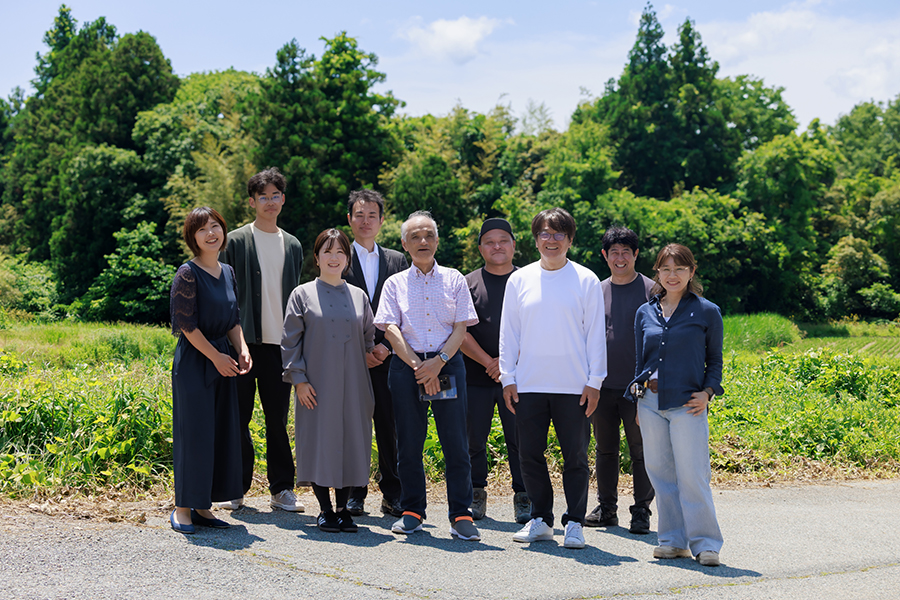by Tomohiro Kimura
Originally published in Japanese · Translated into English by PlanetDAO
“We’ve reached our limit — financially and in age.”
These candid words from Tadashi Hojo, younger brother of the 11th-generation head of the Hojo family, who have safeguarded cultural heritage in Sado City, Niigata for 350 years, capture the stark reality facing many cultural property owners across Japan.
After personally bearing restoration costs on the scale of tens of millions of yen, the Hojo family has embarked on a new effort. Leveraging the PlanetDAO mechanism—already joined by 208 investors across 23 countries—the project pioneers a model in which local residents and supporters around the world co-own and co-manage cultural assets.
On September 10, 2025, Planet Labs Inc. (CEO: Tamaki Nishimura; hereafter “Planet Labs”) held a media briefing for PlanetDAO’s third project: the preservation and utilization of the Hojo Residence, a registered tangible cultural property in Sado City, Niigata. The project takes on the mission of preserving cultural value for the future through collective ownership with local residents and investors worldwide, addressing the difficulties of maintaining privately owned cultural properties.
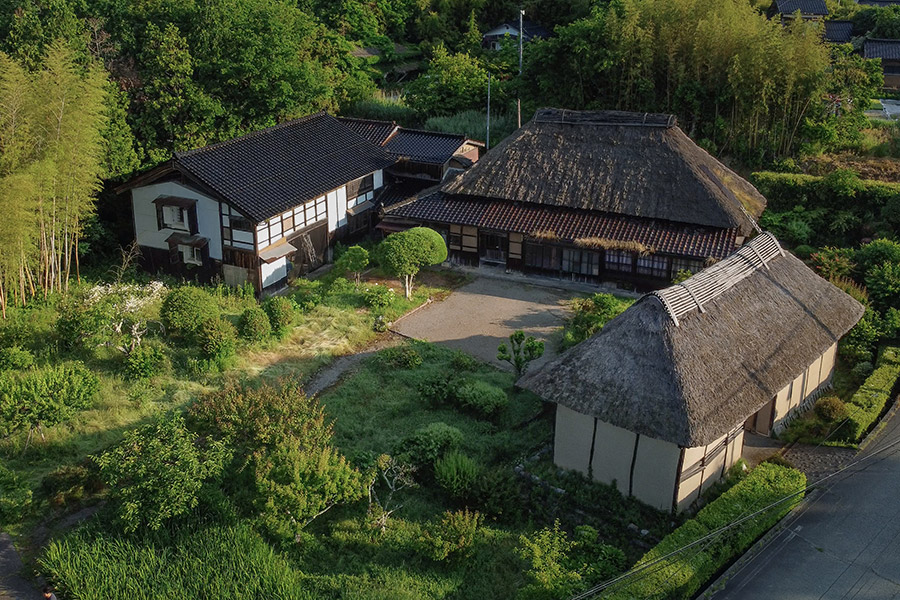
At the briefing, speakers presented an intriguing analysis: that rural Japanese heritage appeals to overseas investors as a source of “emotional restoration.” In an increasingly digital world, why does a historic farmhouse on remote Sado Island draw people from across the globe? What, exactly, is the answer?
Project Overview and Background

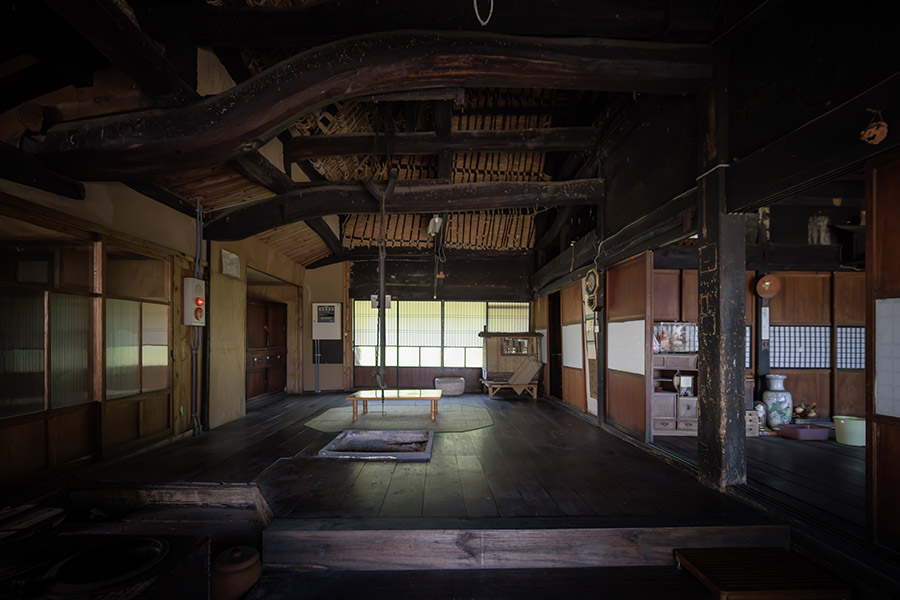
Built about 350 years ago by Doeki Hojo, a monk and herbal doctor who lived and practiced there, the Hojo Residence comprises a main house designated as an Important Cultural Property and four registered tangible cultural properties: the rice storehouse, household storehouse, miso storehouse, and long gate. However, the financial and physical burdens of private ownership had reached their limits.
“We created a model that seeks supporters beyond regional and national boundaries to help protect cultural heritage,” explained Tamaki Nishimura of Planet Labs.
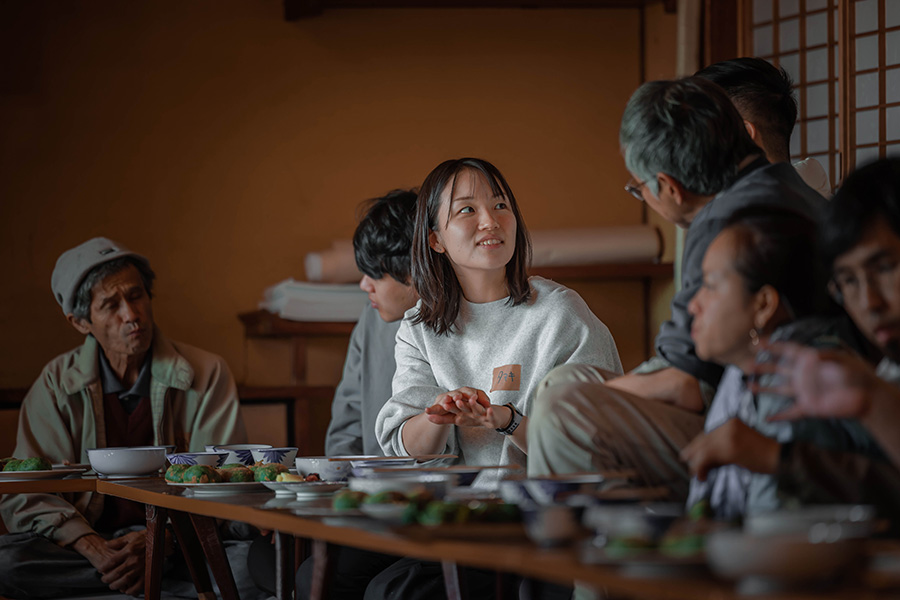
A Collective Ownership Model with the Community
This project goes beyond simple co-ownership to introduce a model of co-creative governance that enables the local community and the world to jointly protect cultural heritage.
At its foundation lies a clearly defined “Collective Purpose,” centered on three pillars:
- Preservation of cultural value: Keep the Hojo Residence in good condition and maintain its status as a cultural property.
- Openness to the community: Keep the property open not only to guests but also to local residents.
- Transparency in decision-making: Any transfer of ownership or operating rights requires community consensus.
Crucially, one-third of voting rights are allocated to the owners and local residents. “We grant decision-making rights to local people even when no capital investment is involved,” Nishimura emphasized.
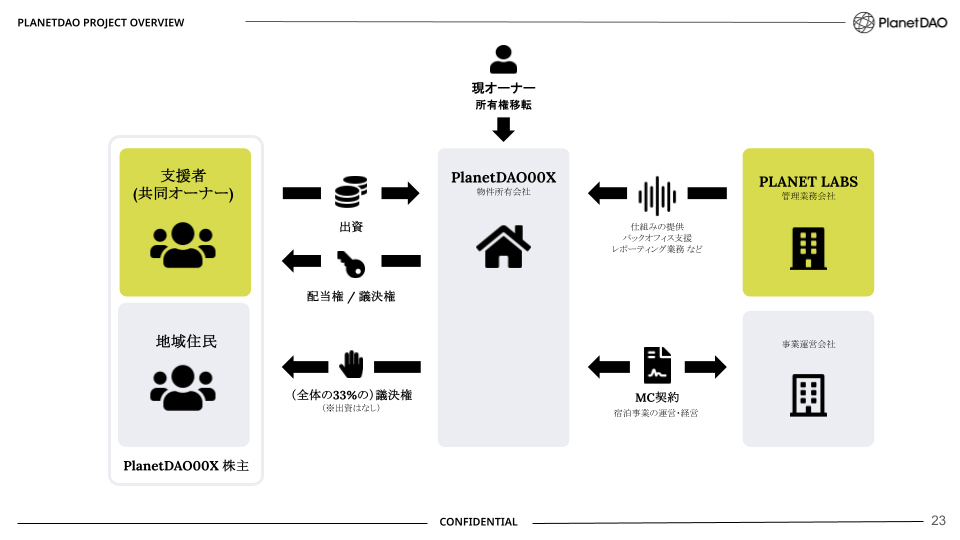
The Owner’s Perspective: The Hojo Family’s Decision
Tadashi Hojo, younger brother of the 11th-generation head of the family, spoke candidly about the difficulty of preserving a cultural property.
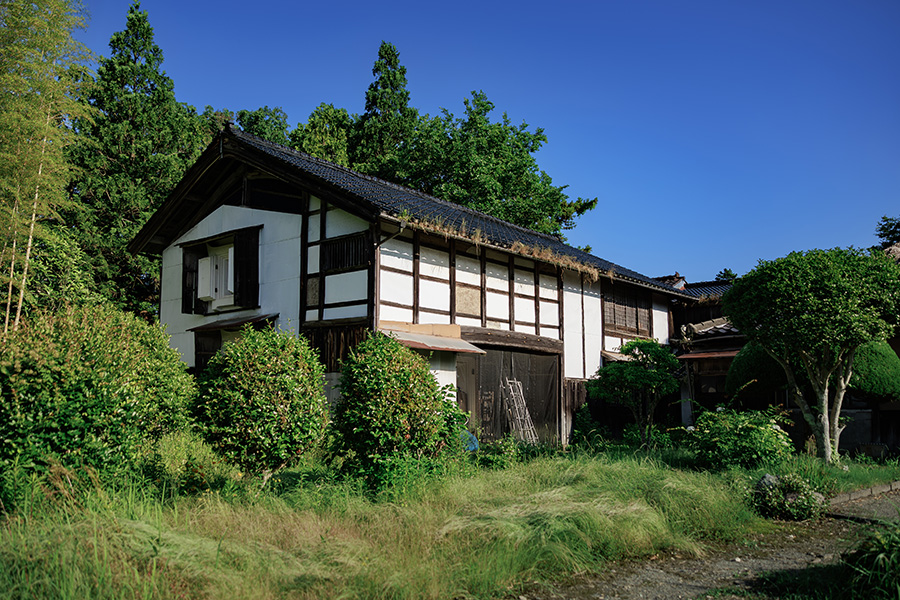
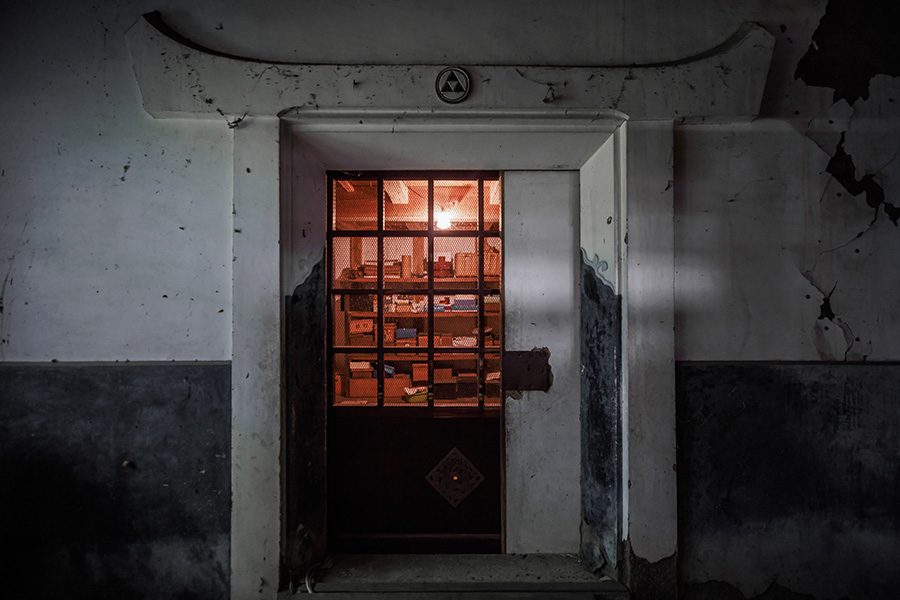
Q: What challenges did you face in preserving the Hojo Residence?
Tadashi Hojo: “Registered tangible cultural properties receive no government subsidies — owners must cover 100% of maintenance costs. For designated cultural properties, the government generally covers only half, which is still far beyond what an individual can shoulder. After many years of exposure to the elements, parts of the thatched roof have collapsed, and the house is no longer in a condition fit to present as a cultural property. I have personally borne more than ten million yen in restoration expenses, but it has become impossible to maintain on my own. Financially and in terms of my age, I’ve reached my limit — it feels as if our provisions have run dry.”
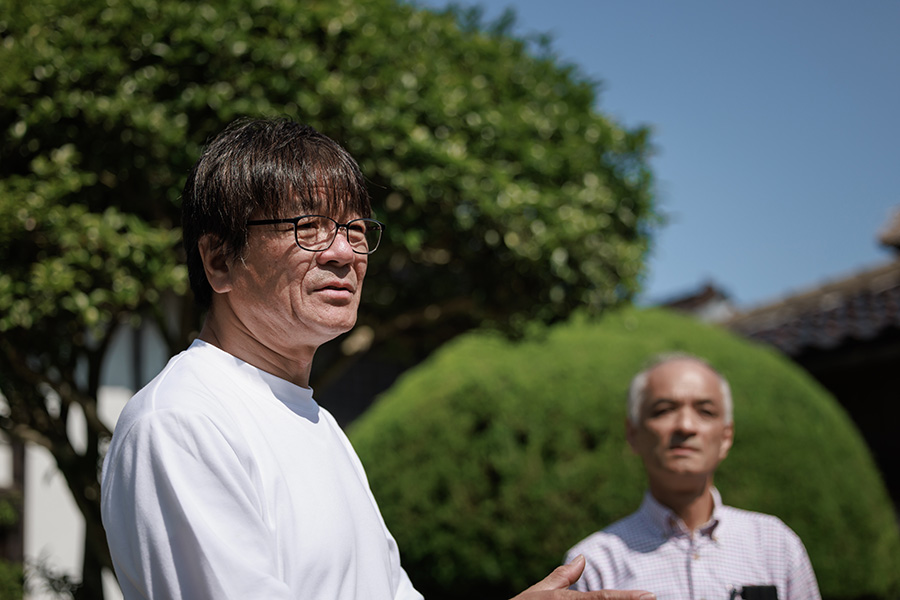
Q: Why did you decide to adopt the PlanetDAO approach?
Tadashi Hojo: “While we explored many different methods, none of them succeeded. When we finally encountered this DAO structure, we felt there was still a path forward. Our family decided to take on the challenge of restoration and adaptive reuse once again. What encouraged us most was that this was not a simple property transfer. We would establish a corporation through which the owners and surrounding residents could obtain voting shares, and we could be proactively involved in management in partnership with the community. It’s remarkable that the collective purpose explicitly states goals such as ‘preserve cultural value’ and ‘maintain an environment for local use and exchange.’ The Hojo Residence is the only nationally designated Important Cultural Property with a thatched roof in Sado. As an owner of a thatched-roof home on Sado, we want to make every effort to restore and utilize it as a kind of model case. If it can help cultural property owners across Japan realize ‘there is another way,’ we hope to spread this new scheme.”
Why Overseas Investors Support Japan’s Cultural Heritage
At the briefing, Adam Fulford — who has long been involved in addressing regional challenges across Japan — also took the stage. He offered an insightful analysis of why overseas investors are showing growing interest in Japan’s cultural heritage.
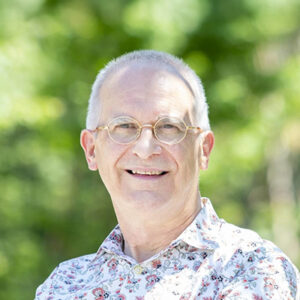
Adam Fulford
Executive Director, Cabinet Office Cool Japan Public-Private Partnership Platform (CJPF); Chairman & CEO, Fulford Enterprises Ltd.
“Japan still nurtures a culture of empathy and mutual aid. Rural communities are among the few places where that culture can still be learned — places that offer emotional restoration,” he noted. He added: “While digital transformation (DX) advances, what truly sustains society is AX (Analog Transformation) — cultivating a mindset of caring for others. AX is not merely optional goodwill; it’s the operating logic that keeps human communities from falling apart.”
PHOTO: UMI FULFORD
Fulford explained that Japan is a country that offers safety, security, and stability — values that provide a ‘starting point for emotional restoration’ for international visitors.
Q: Through PlanetDAO’s collective ownership model, what new value do you think will emerge at the Hojo Residence?
Adam Fulford: “The Hojo Residence conveys Japanese culture not as surface-level ‘Japaneseness,’ but as a living practice. Precisely because we live in a DX era, I believe AX — the operating logic that renews healthy relationships among people and things — is vital. Knowledge of herbs and traditional tools here were not museum pieces; they sustained the local community. Shared ownership means more than capital; it lets locals and global supporters sit around the same table, make decisions, and co-create the future of a cultural asset. What emerges is not only an accommodation experience, but a cycle of emotional restoration and learning. Located at the heart of Sado, the Hojo Residence is an ideal classroom and stage to try this new social compact. Supporters and visitors from abroad can be more than ‘tourists’ — they can become co-creators of the next chapter of this house.”
Q: Why are overseas visitors interested in rural places where many Japanese rarely travel?
Adam Fulford: “Traditional Japanese villages are places where one can study AX. In the U.K., much of that traditional culture has almost disappeared. In Japan, there are still people who can speak about it firsthand. For many foreigners, Japan offers a chance to reset — to travel in safety and stability — which is why so many seek healing here.”
Q: What else could enhance stays in places like this? What are the keys to success?
Adam Fulford: “Japan’s true appeal to foreign visitors is the chance for emotional restoration. Those interested in joining this project naturally care about financials, but also about creating added value. Doing something together with locals is deeply attractive — even something like grass cutting can be meaningful if it brings joy to the community. If such activities are possible, I think many people would be delighted. The decline of AX can be summed up in one word: convenience. In the past, mutual aid structures defined traditional villages in Japan. Japan can still powerfully convey the value of AX, and perhaps we can take the first step from Sado Island, where the Hojo Residence stands.”
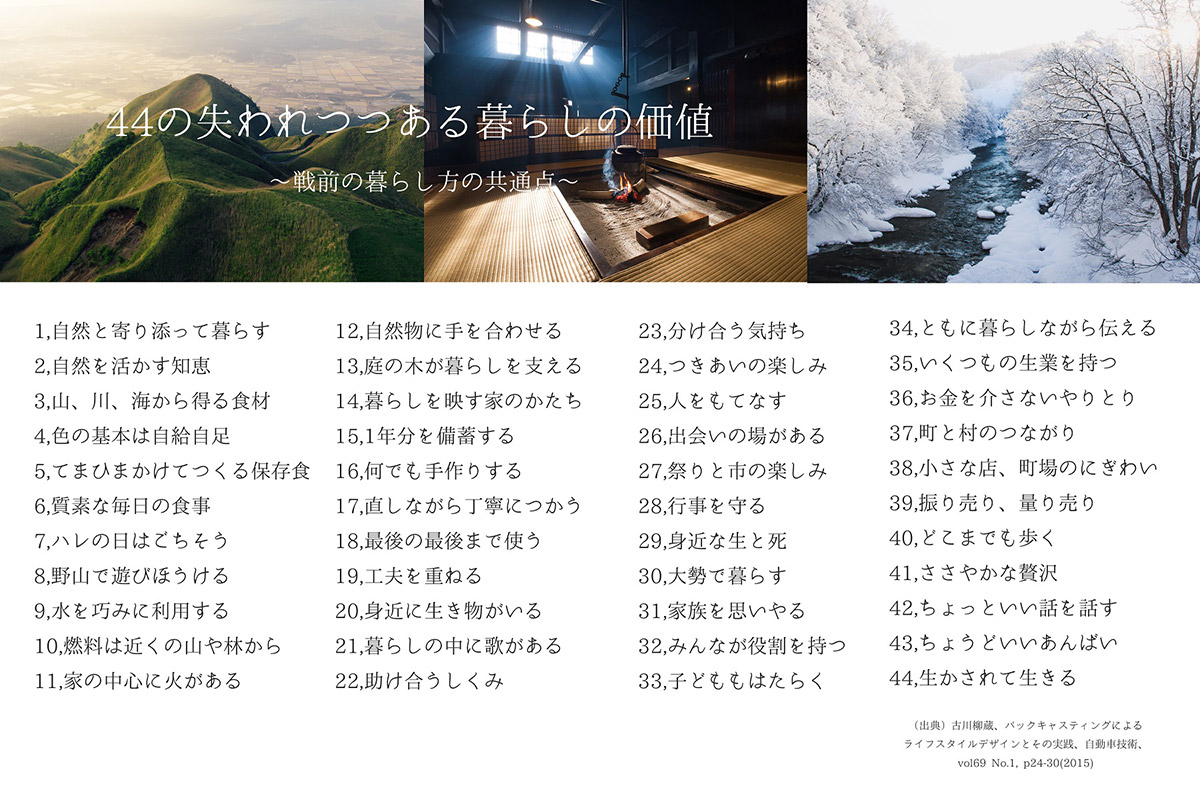 Source: https://spin-project.org/projects/48
Source: https://spin-project.org/projects/48
Track Record and Future Development
PlanetDAO has successfully launched projects at a temple in Nachikatsuura, Wakayama Prefecture, and a historic house in Hayama, Kanagawa Prefecture, raising over 77 million yen from 208 investors across 23 countries. Building on these results, the Hojo Residence begins as the third project.
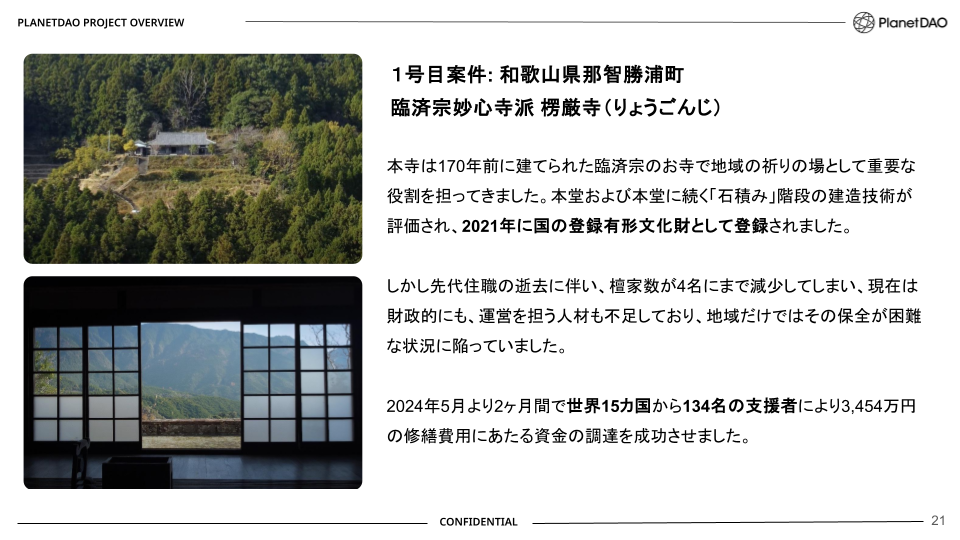

As of June 2024, of the 208 co-owners, 51% are from Japan and the remainder hail from 23 countries including the United States, Singapore, the Philippines, Hong Kong, Thailand, and the United Kingdom.
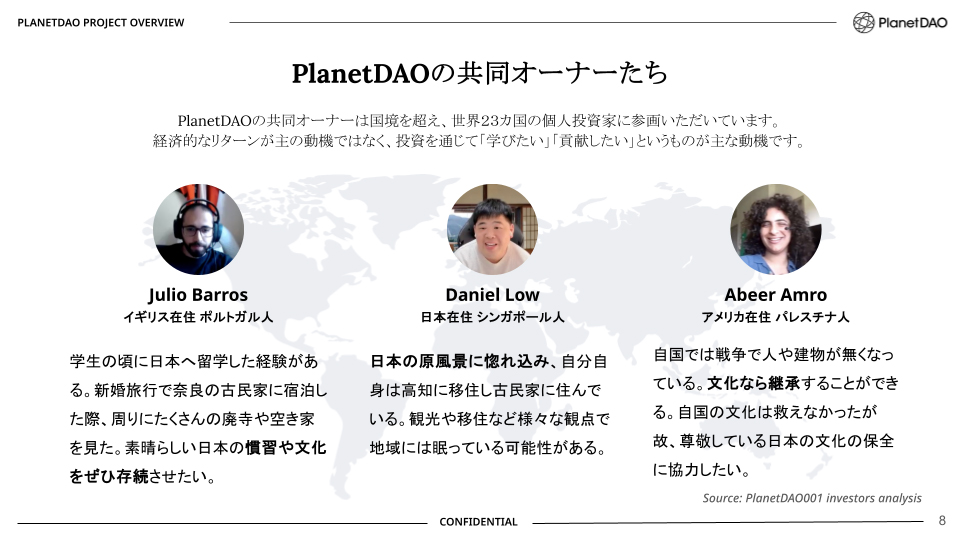
For the Hojo Residence project, against a target of 34.32 million yen, 6 million yen had already been raised from 18 investors by the time of the pre-public briefing held a week after launch, and preparations are underway to begin operations as a lodging and experience facility. Within the first month, applications reached 28 million yen from domestic and overseas supporters (as of October 10, 2025).
Collaboration with the Local Community
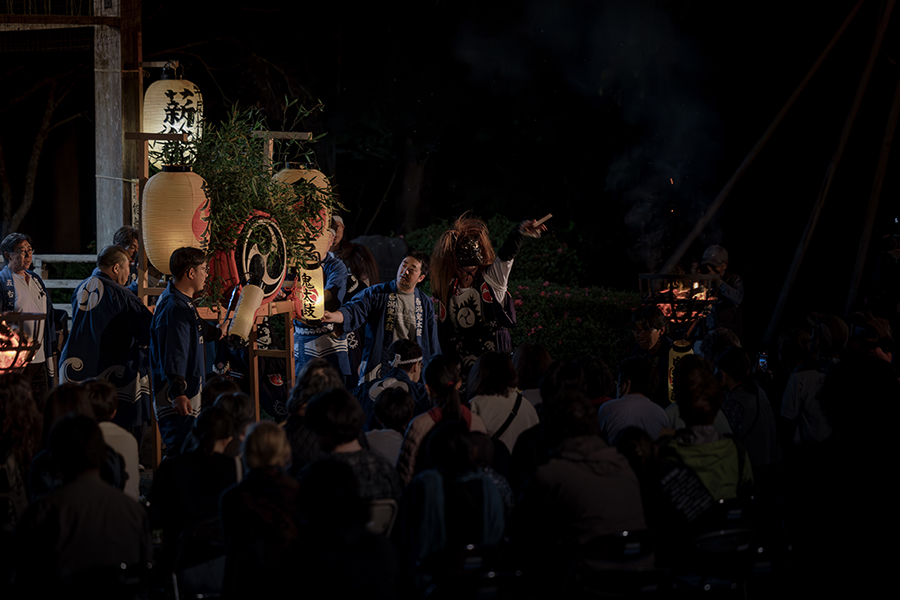
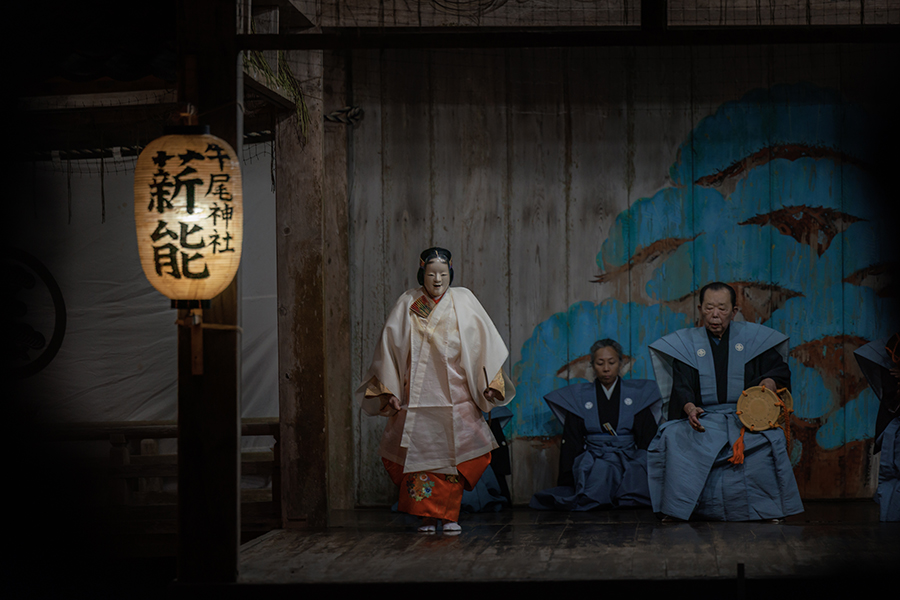
Community participation is essential to the project’s success. Hojo explained Sado’s local character: “Bonds within the hamlet have continued for generations. Alongside festivals and the Onidaiko drum dance, we still actively maintain our environment through community work like road upkeep.”
“Local people think most deeply about the future of this region, just as we do. In this initiative, not only the Hojo family but also local residents can participate fully and see their ideas reflected in the process.”
Watch footage from the media briefing (September 10, 2025) here
Toward a New Model Case for Cultural Heritage Preservation
Hojo concluded: “If this project can help cultural property owners nationwide realize there is another way, I hope it becomes the spark for change.” By shifting from private ownership to collective ownership, securing local voting rights, and fostering cultural exchange with overseas investors, PlanetDAO is taking on heritage preservation through a multidimensional approach that breaks from convention. Its outcomes may illuminate pathways for addressing challenges faced by cultural properties across Japan.
Summary: New Possibilities for Cultural Heritage Preservation
PlanetDAO’s Hojo Residence project in Sado has drawn attention as an innovative solution to the limits of maintaining cultural properties through individual ownership. Its defining characteristic is a governance structure in which one-third of voting rights are held by local residents, harmonizing external investment with community values under a collective purpose. The participation of 208 investors from 23 countries shows that overseas supporters see Japan’s cultural heritage as a pathway to emotional restoration.
Blending Sado’s rich natural environment with the Hojo family’s 350-year history, the project not only preserves heritage but also aims to realize regional revitalization and international exchange. Once the home and clinic of an herbal doctor who supported the health of local people, this residence now seeks to support the ‘emotional well-being’ of people from around the world as it begins a new chapter.

